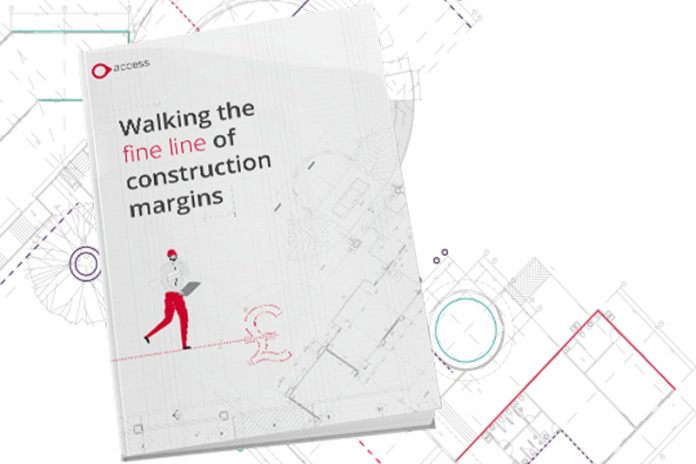Identifying how to protect your construction company’s margins – find out how using technology can help you increase your accuracy
Protecting your company’s construction margins is crucial in modernising construction, and few can doubt that construction is in dire need of modernisation.
The title of consultant Mark Farmer’s 2016 review of the industry for the Construction Leadership Council made the point starkly: ‘Modernise or Die’.
The figures speak for themselves. According to research by McKinsey & Company, productivity in construction has increased by just 1% a year on average over the last two decades globally. That compares to 2.8% for the economy as a whole and 3.6% in manufacturing.
The issue is not necessarily global. A report from the European Commission last year identified the UK as one of the worst performers when compared with other G7 and EU nations.
Slow digital uptake
The reason is simple. While other industries are using advances in digital technology to create efficiencies and boost productivity, those in construction have been slow to benefit from the changes.
The situation cannot continue. Rapid urbanisation around the world means that the demand for new and more complicated buildings will only move in one direction. In the UK, we already have a substantial shortfall in housing – the government is still some distance from its 300,000 units a year target and many experts doubt that is sufficient in any case.
This is against the backdrop of a major skills deficit within the industry. There are not enough people with the right skills to design and construct the buildings that we need. And that is before the ongoing influence that uncertainties around Brexit are causing.
You can access the full whitepaper here.















Construction has always been a menial job that required no technical integration in its domain. Digital design is something that has been long ignored. Having the most important work of planning move digitally can decrease the workload on architects and save a lot of shelf space by moving the plans to the cloud.